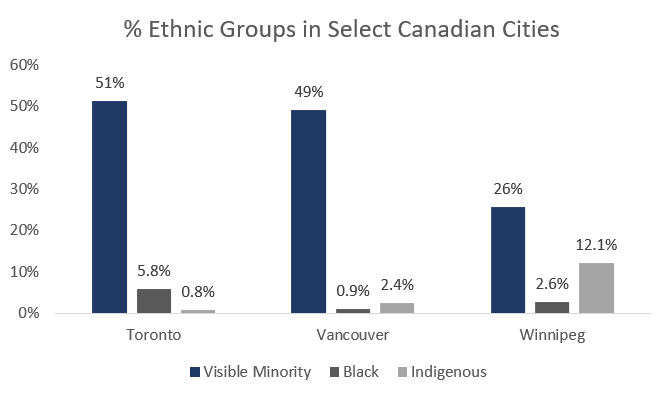By Kim Storer
If you tuned into this post because of an interest in football, I’ll let you down easy by sharing this little-known fact. The pithy cry ‘Hut!’ evolved over the last 100 years as a quick, snappy sound to draw attention to battle and, later in more sporting times, to prepare a football team for the upcoming play. You can read more about it here.
And now on to the IHUT that matters here!
What is an IHUT?
 This acronym refers to In-Home Usage Test. In other words, an IHUT involves offering a free product to people so they can use it in their own home, perhaps a full-size product or just a small sample size of the product. It’s a common tool used by market researchers to gain a better understanding of how people use products in their own homes and away from the artificial environment of the research testing facility or laboratory.
This acronym refers to In-Home Usage Test. In other words, an IHUT involves offering a free product to people so they can use it in their own home, perhaps a full-size product or just a small sample size of the product. It’s a common tool used by market researchers to gain a better understanding of how people use products in their own homes and away from the artificial environment of the research testing facility or laboratory.
IHUTs are commonly used by marketers and brand managers to learn more about consumer opinions before jumping into a very expensive, full-scale market launch. Properly used, they can help prevent a launch from failing. IHUTs include both a physical use or test of the product as well as a formal evaluation of the product. As part of the physical use test, participants might be asked to use their mobile phones to take in-the-moment photographs and video of who, what, how, and where the product is used. Those photos and videos will focus on in-the-moment reactions to the product, whether positive or negative, and help the researcher peer unobtrusively and with permission into the personal lives of people.
In addition, IHUTs are often combined with a formal survey, whether on paper or digitally, to quantitatively measure first impressions, likability, product satisfaction, and purchase intent after the product’s first use, and sometimes a week or a month later to determine whether opinions have remained static of changed after additional uses. These quantitative surveys will often be used to generate insights about the product overall, as well as very specific features of the product – opinions about taste, touch, smell, sight, and sound. Thus, was the messaging on the side of package easy to understand? Was the package easy to open? Did the food or beverage have a sweet, salty, sour, bitter, spicy, oily, or starchy taste? Were each of the product features easy to find and easy to use?
IHUTs may sometimes be combined with large-scale quantitative research not necessarily as a pre-cursor to a full-scale launch, but rather to add personal and emotional in-depth details to the overall project. As a researcher, being able to offer valid and reliable quantitative results along with personal qualitative results is a combination that simply can’t be beat.
With so many great reasons to conduct an IHUT, perhaps now is the time for you to think about conducting your first one. Feel free to ask us for a quote!
You might like to read these:
- Bigger is better and other myths about research panels
- 7 ways to reduce your research costs
- What are the disadvantages of the IHUT research methodology?
- What are the advantages of the IHUT research methodology?
Kim is the Field Director at Canadian Viewpoint. She is the person who makes it all happen, from getting interviewers on the phone, to someone’s front door, and in the shopping mall. And, she makes sure consumers receive products in perfect shape for taste tastes, home tests, and any other kind of test our clients can imagine! Kim enjoys dinner with friends, traveling with her family, and taking her sweet pup for long walks.




